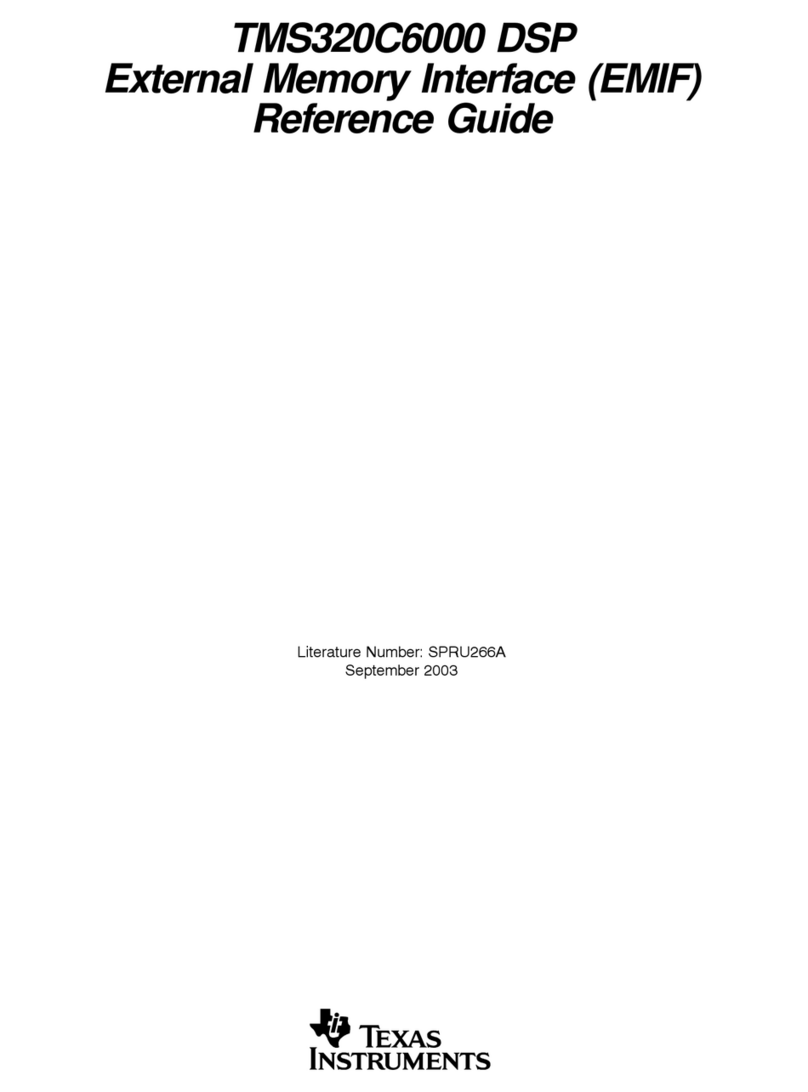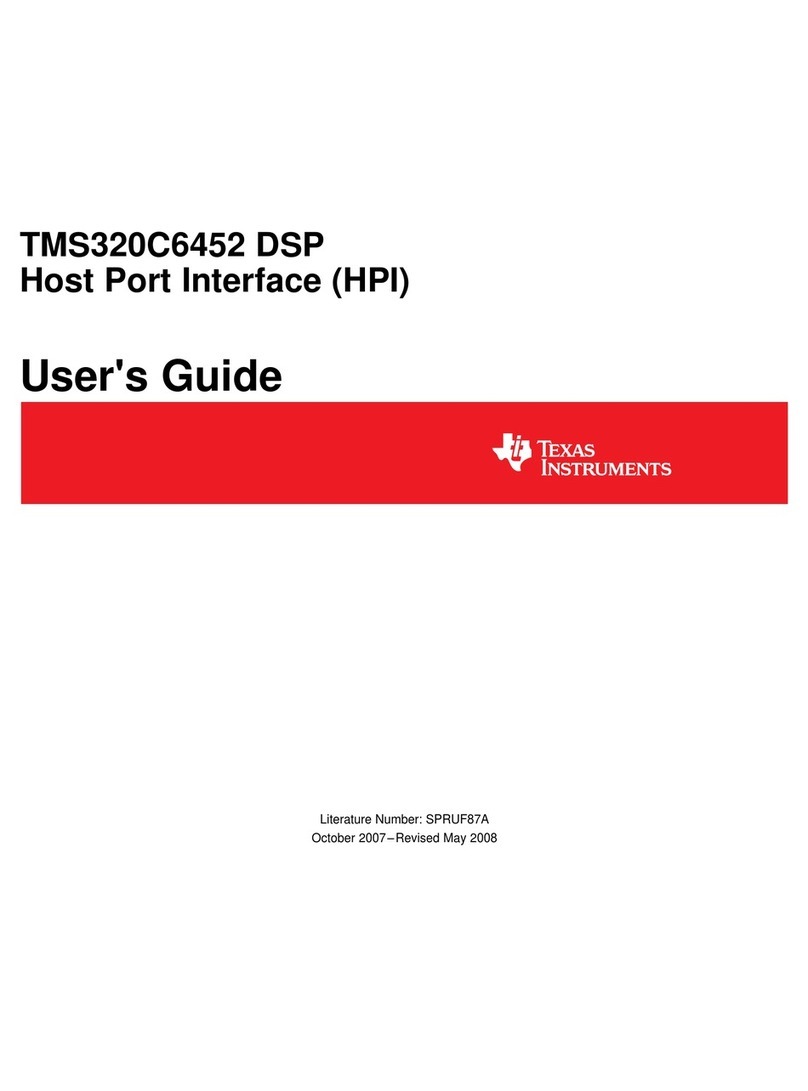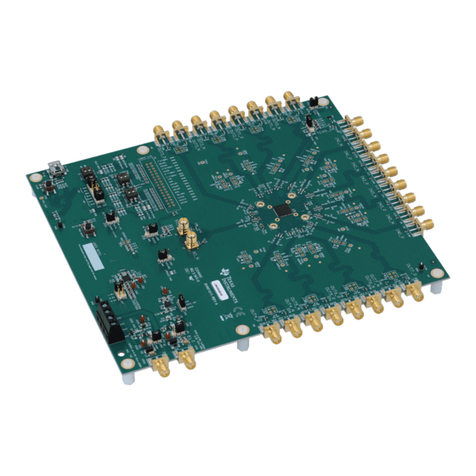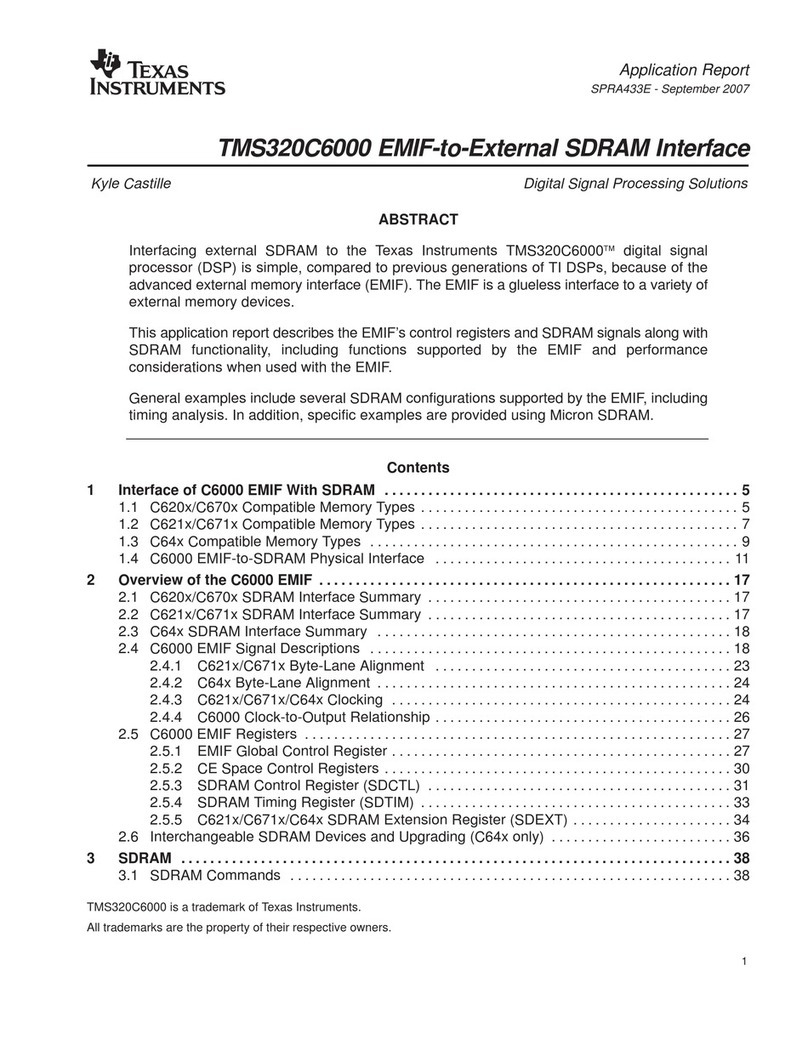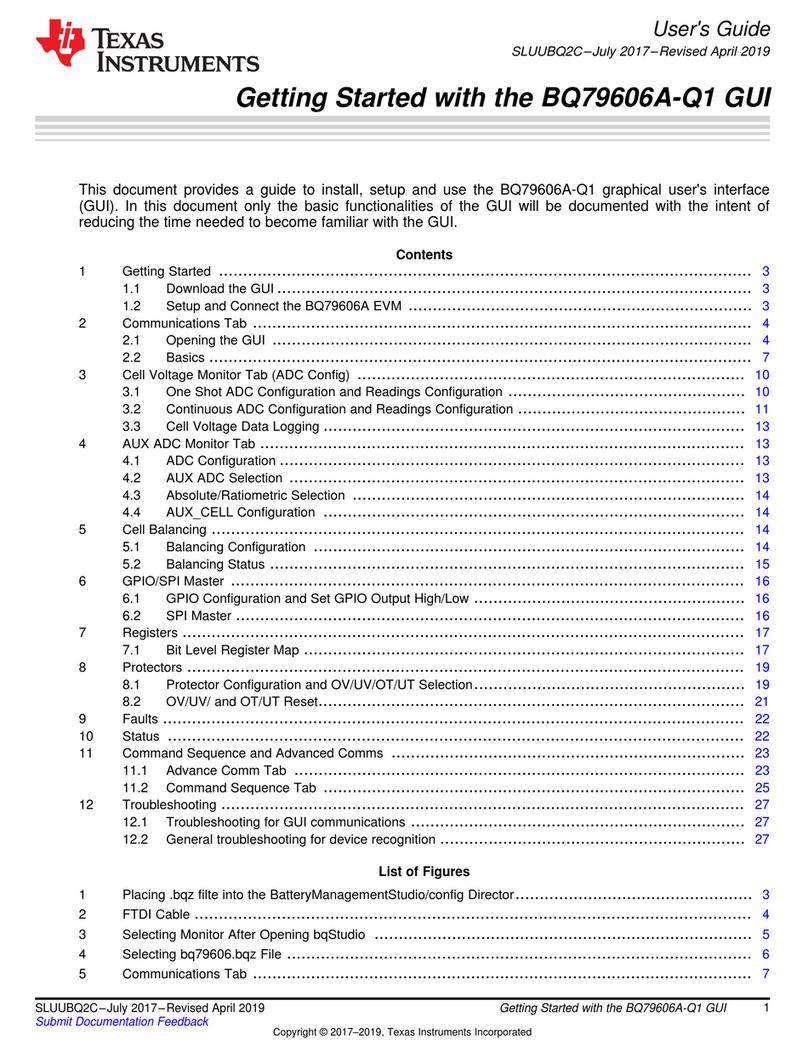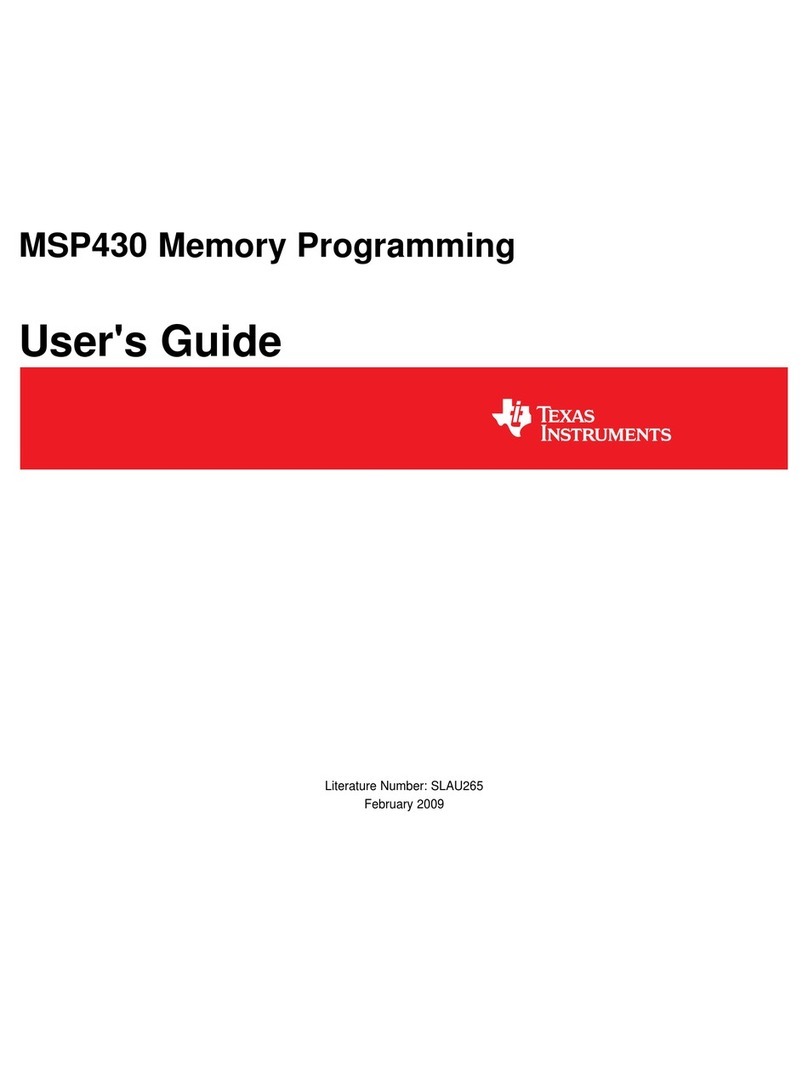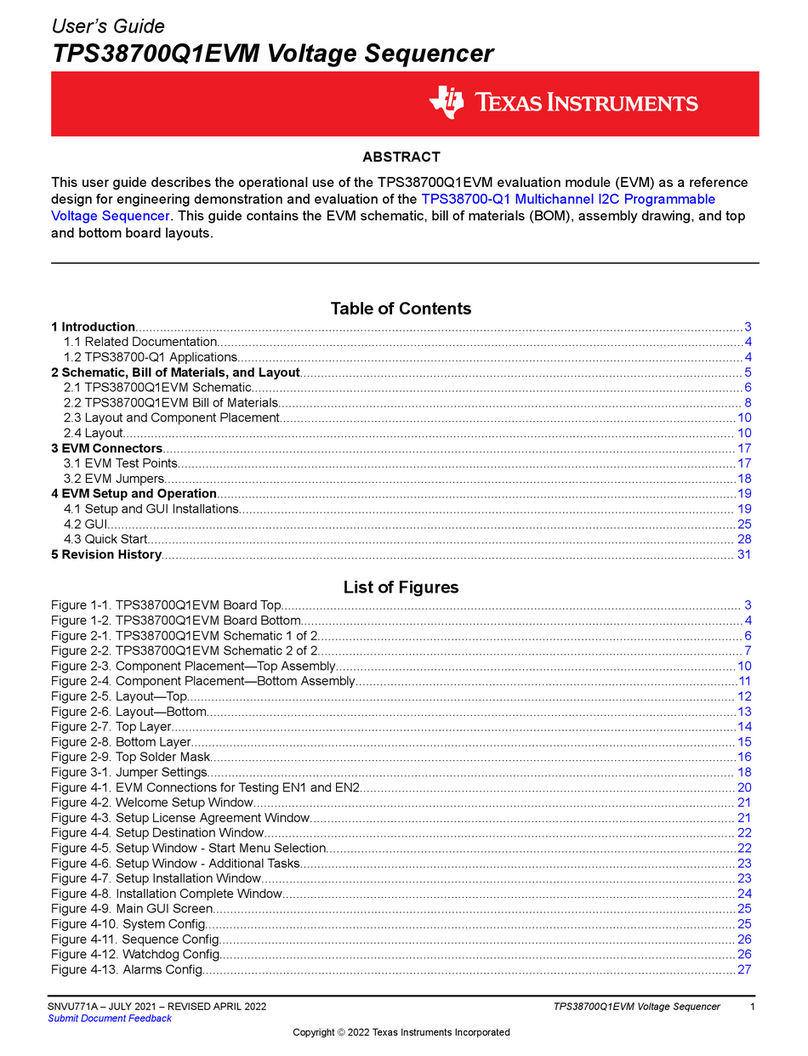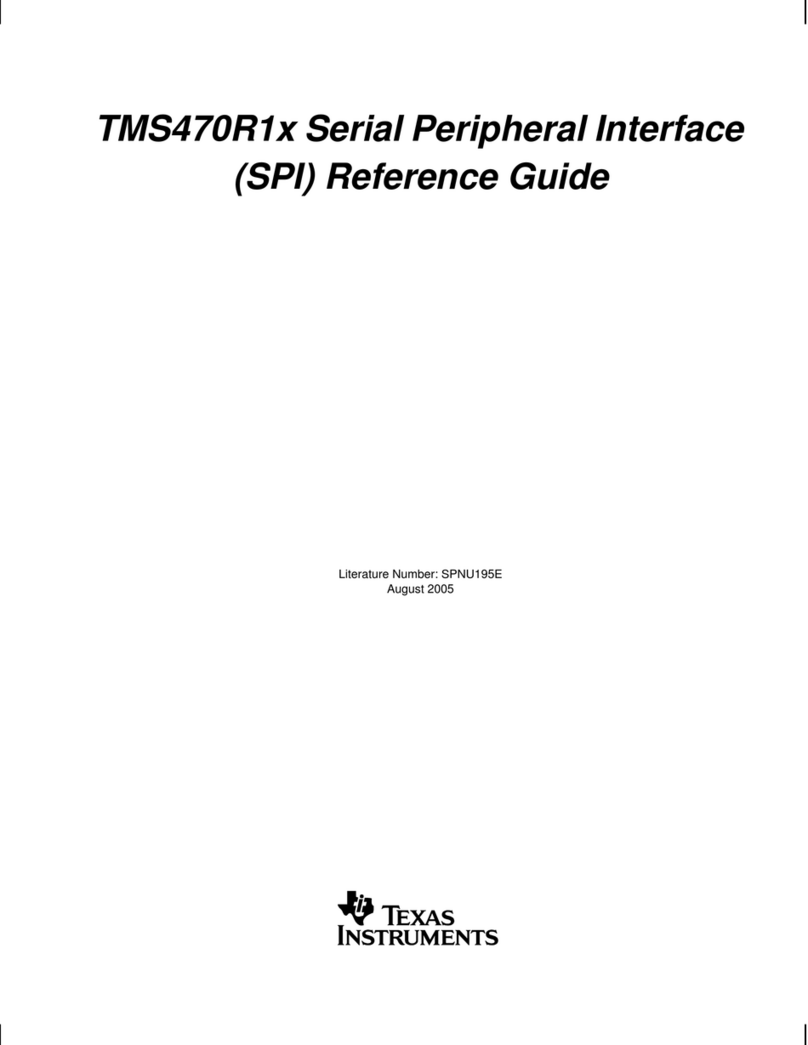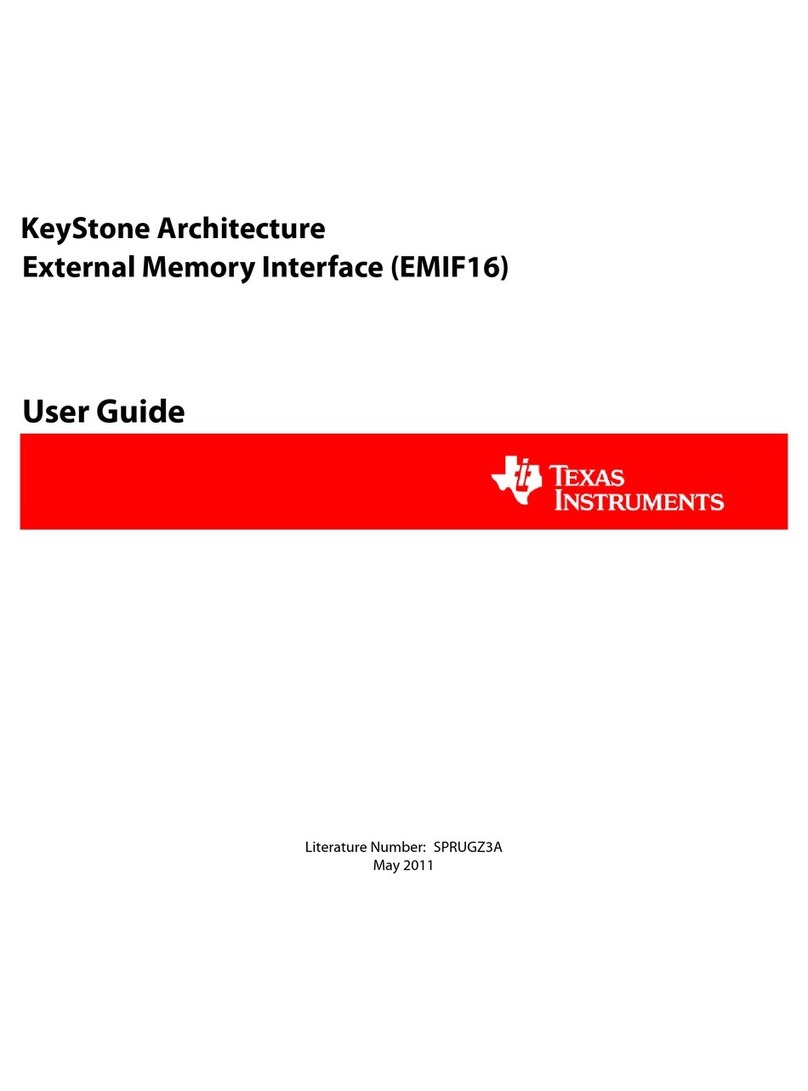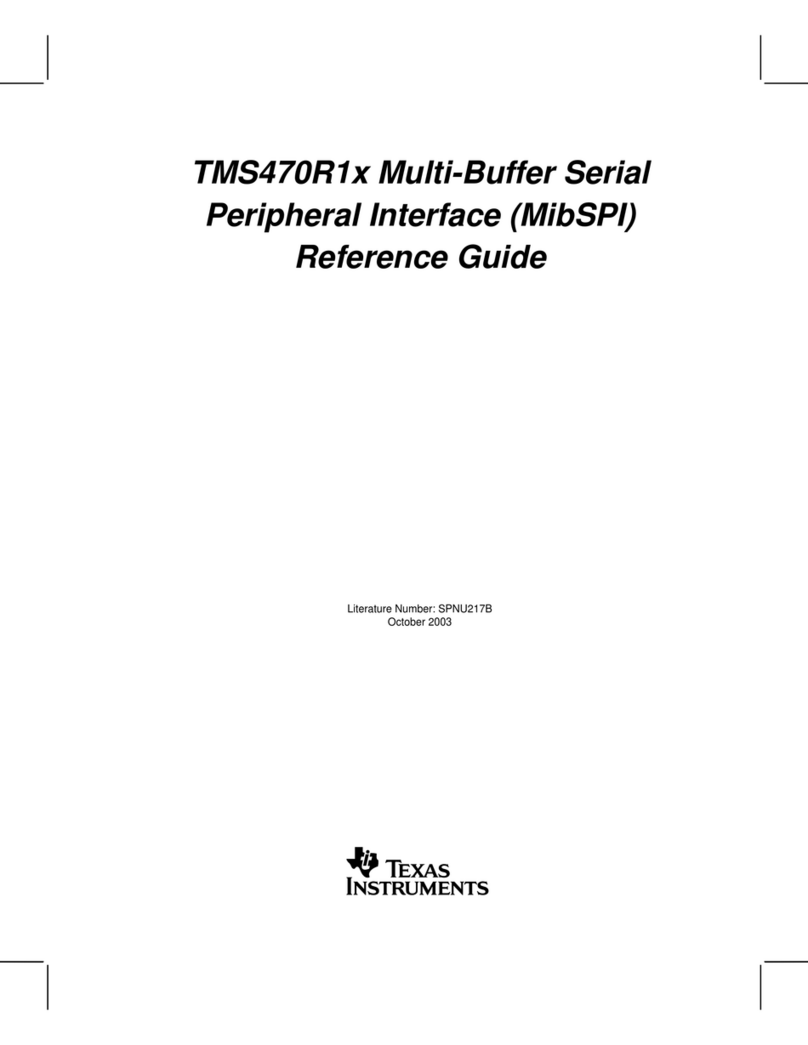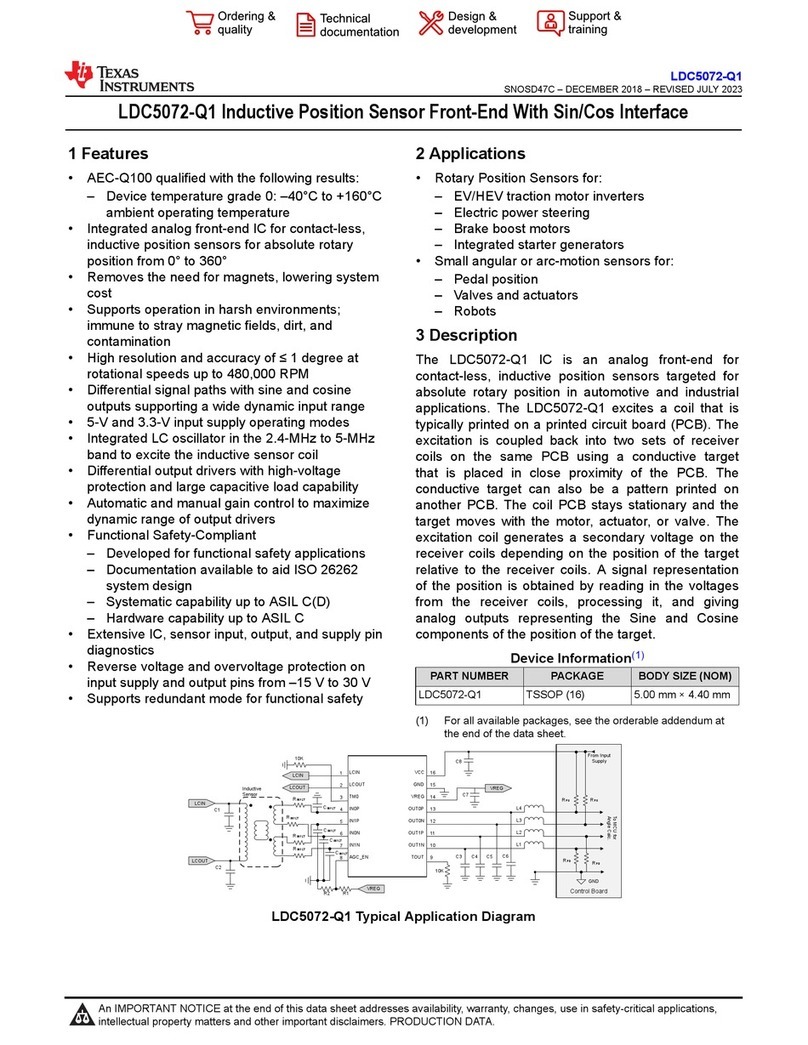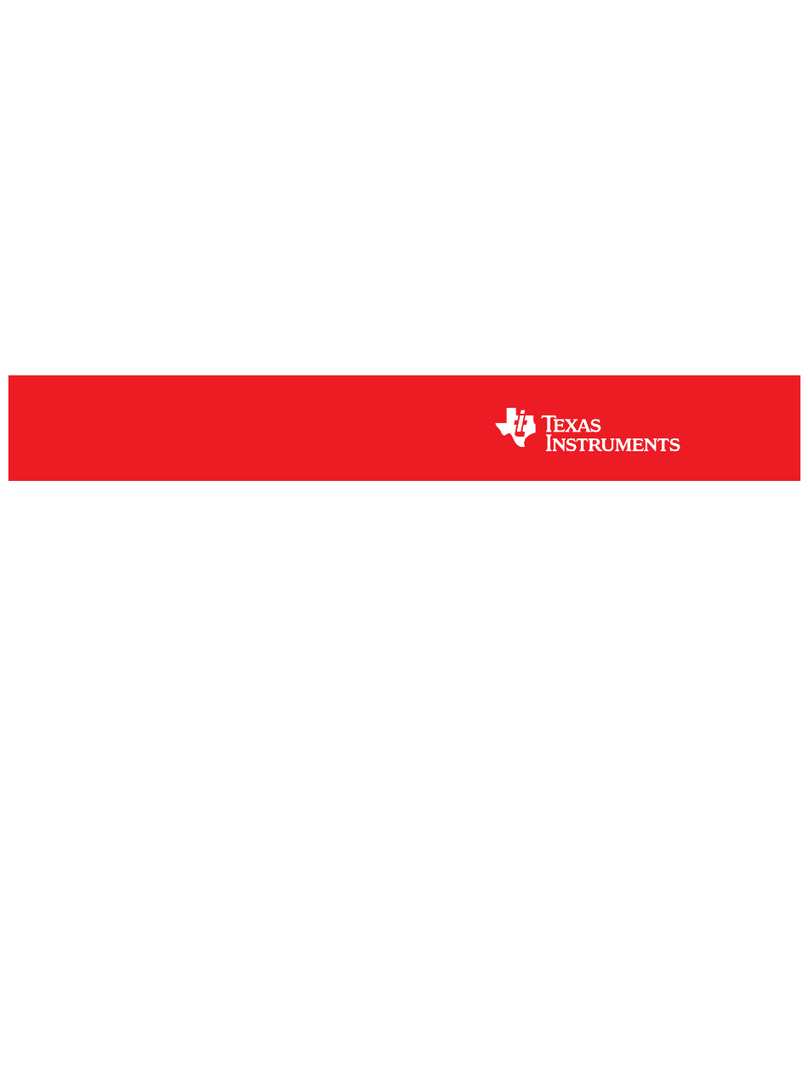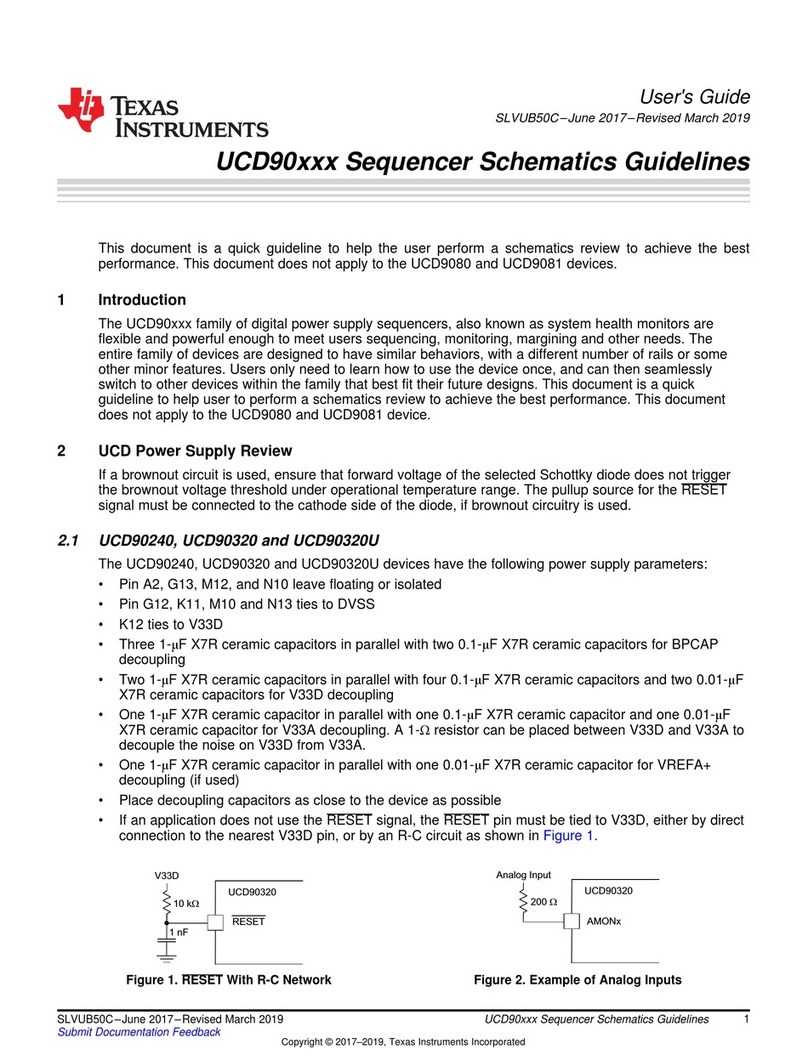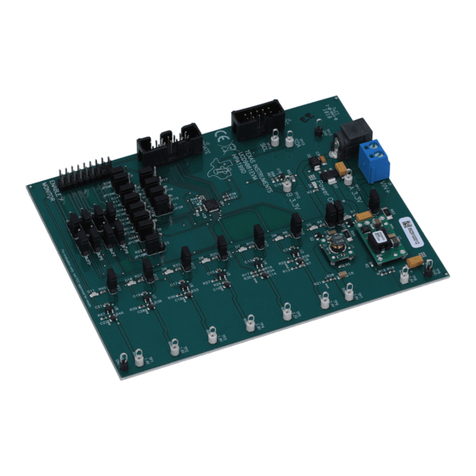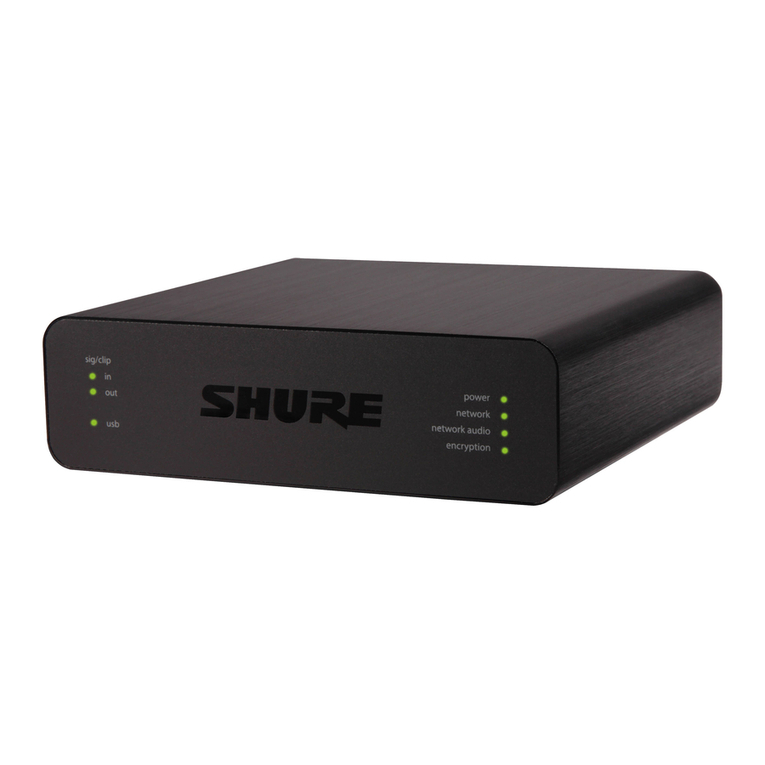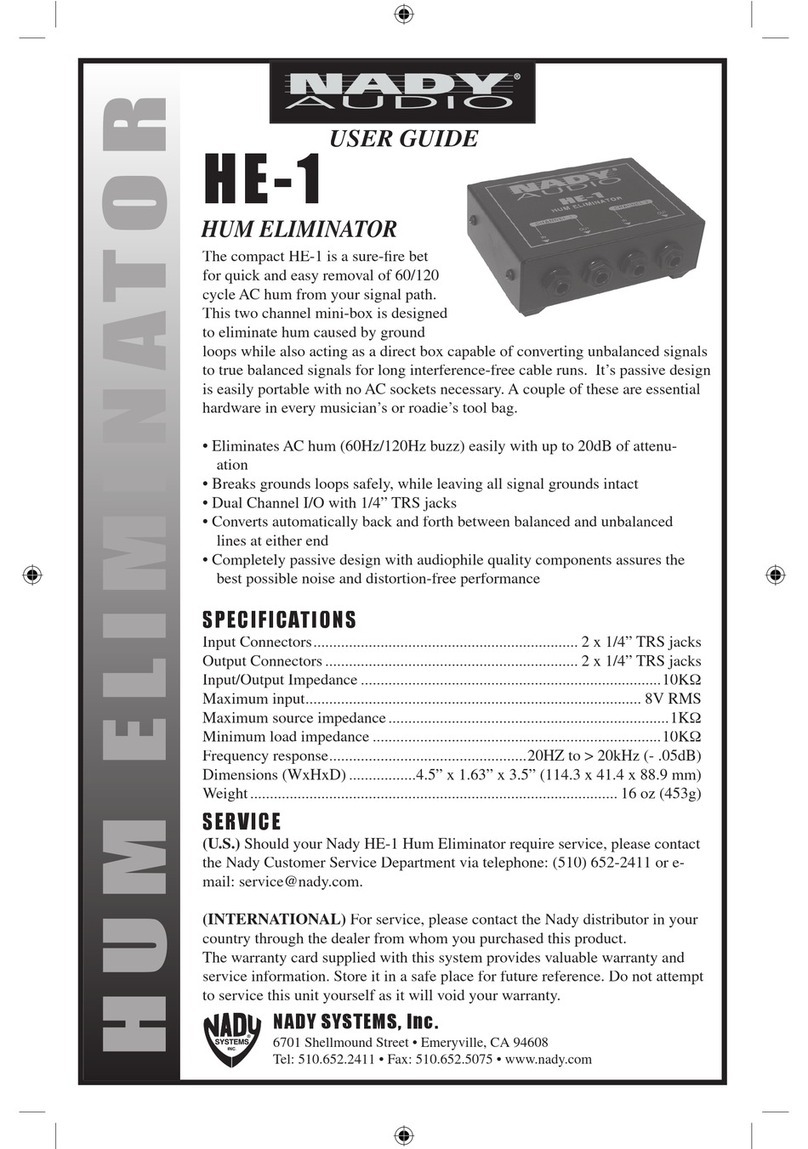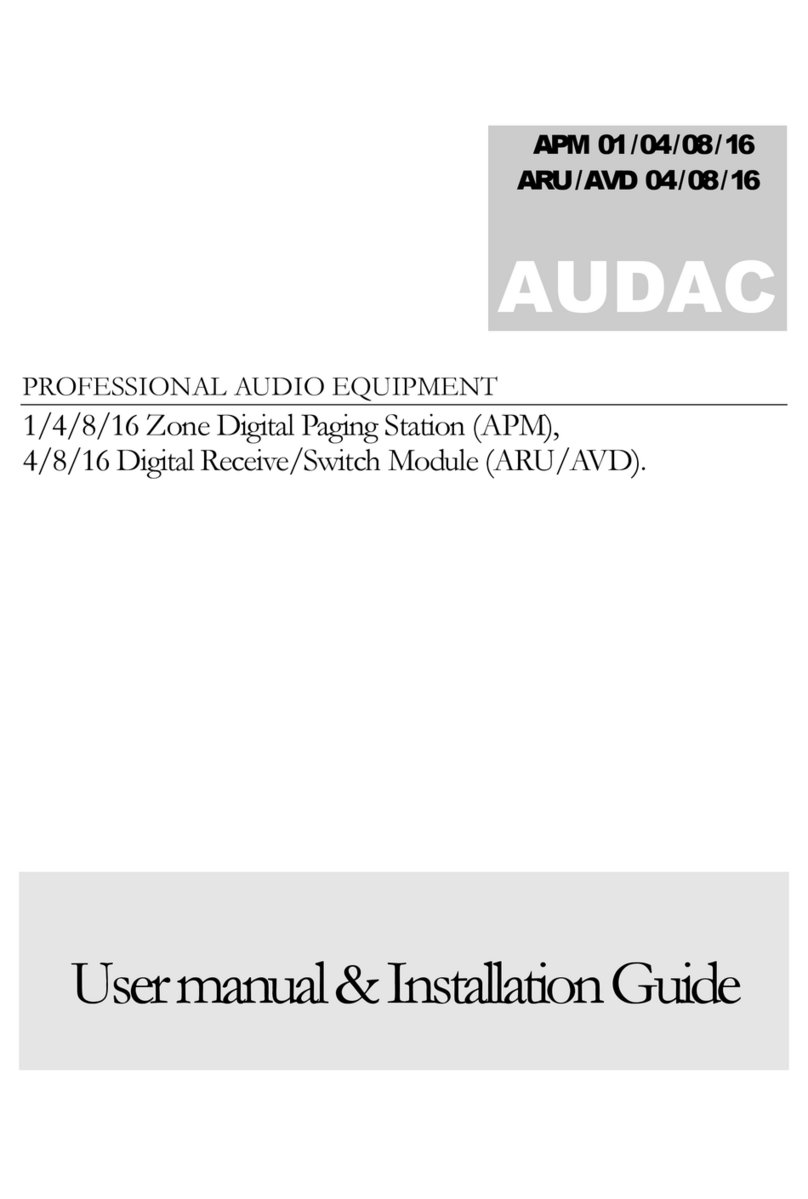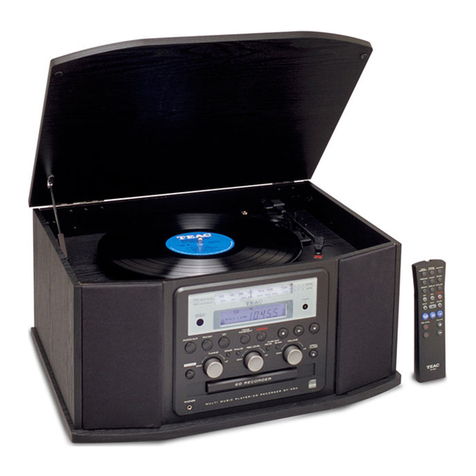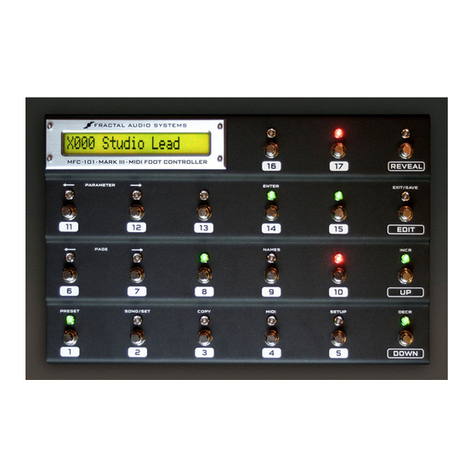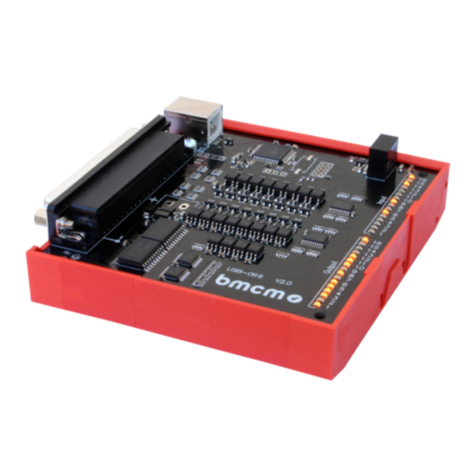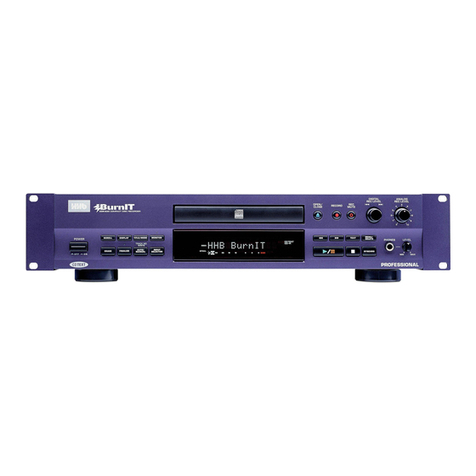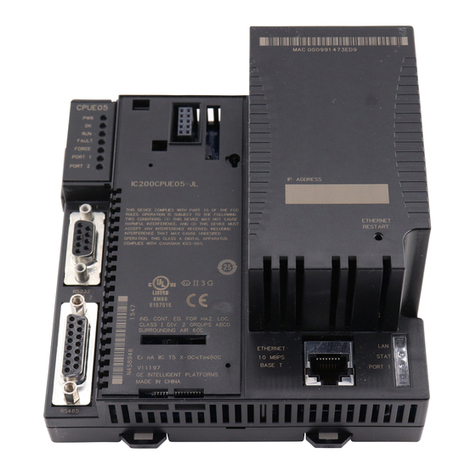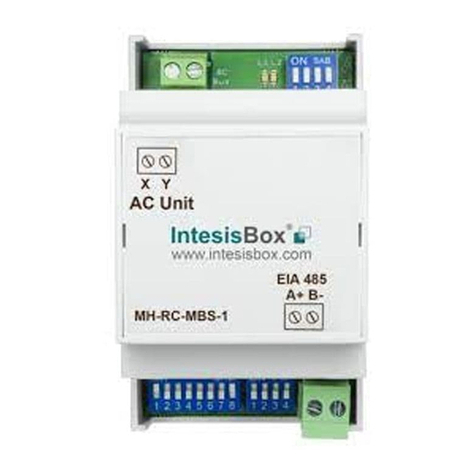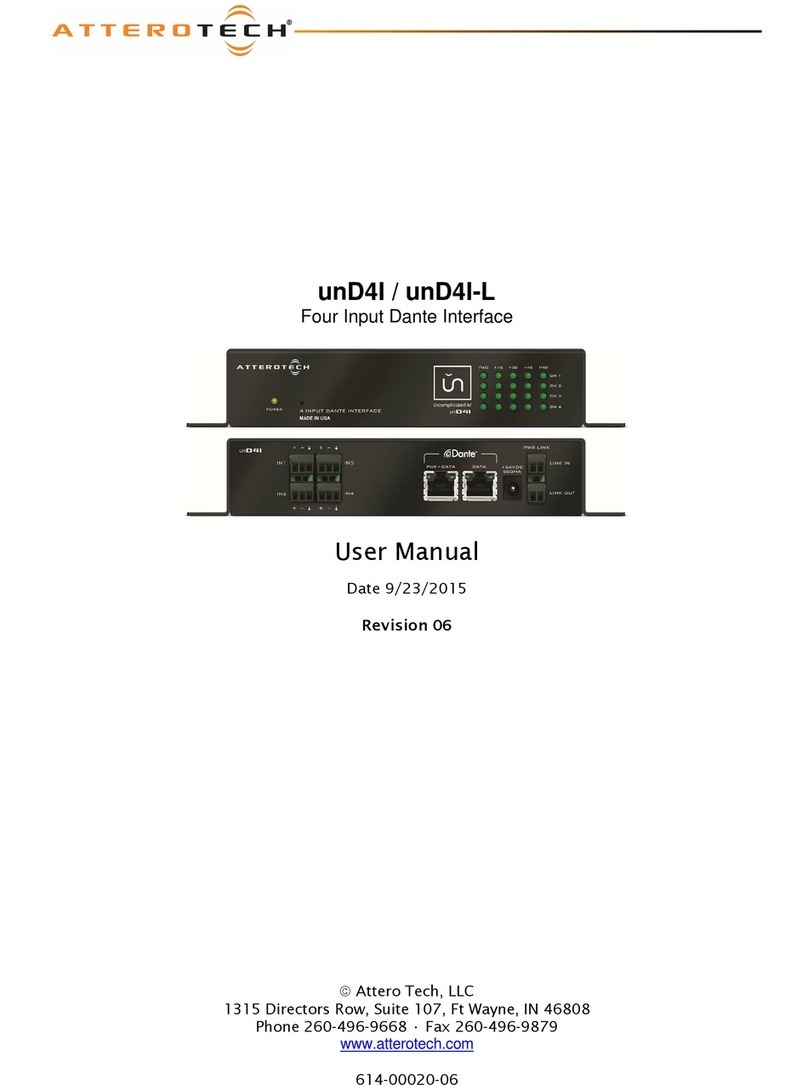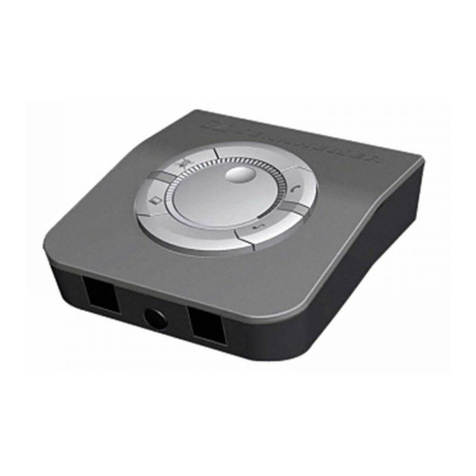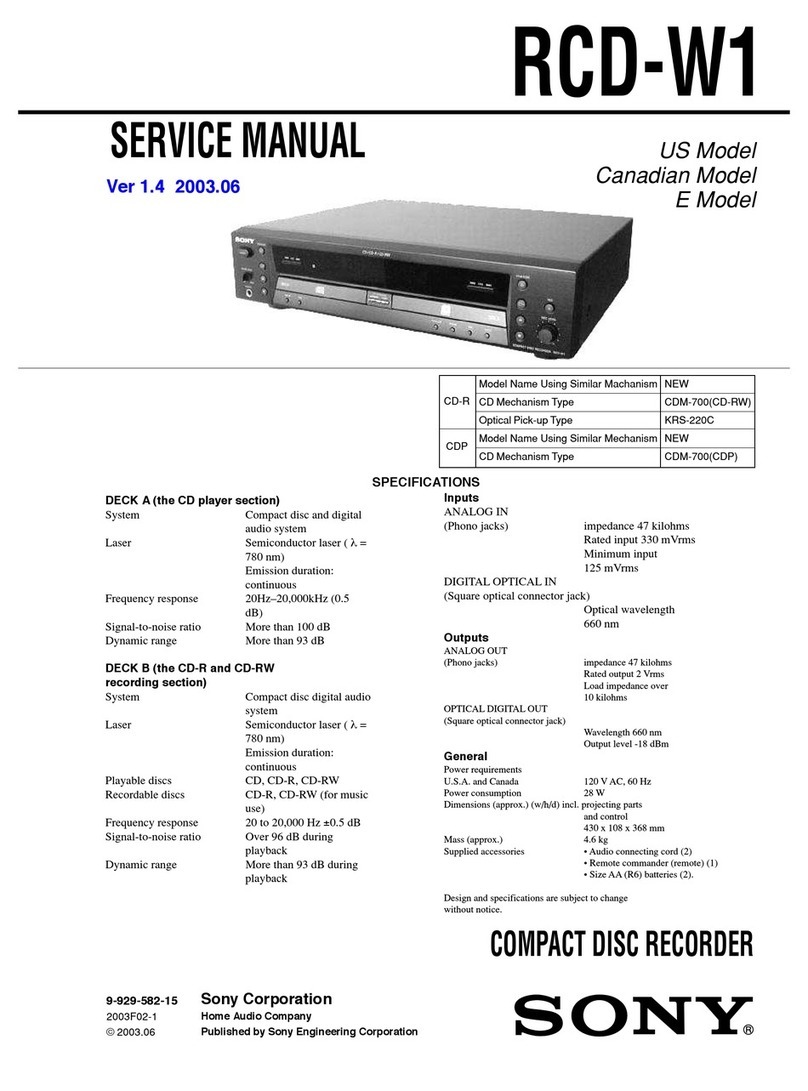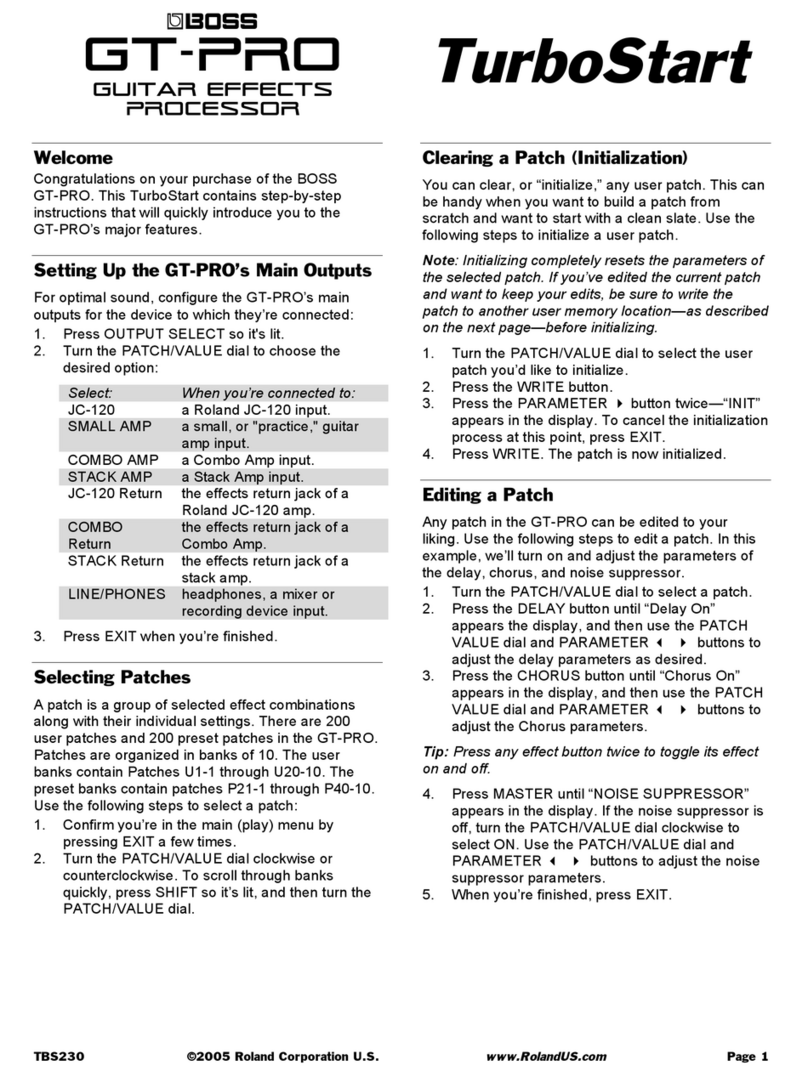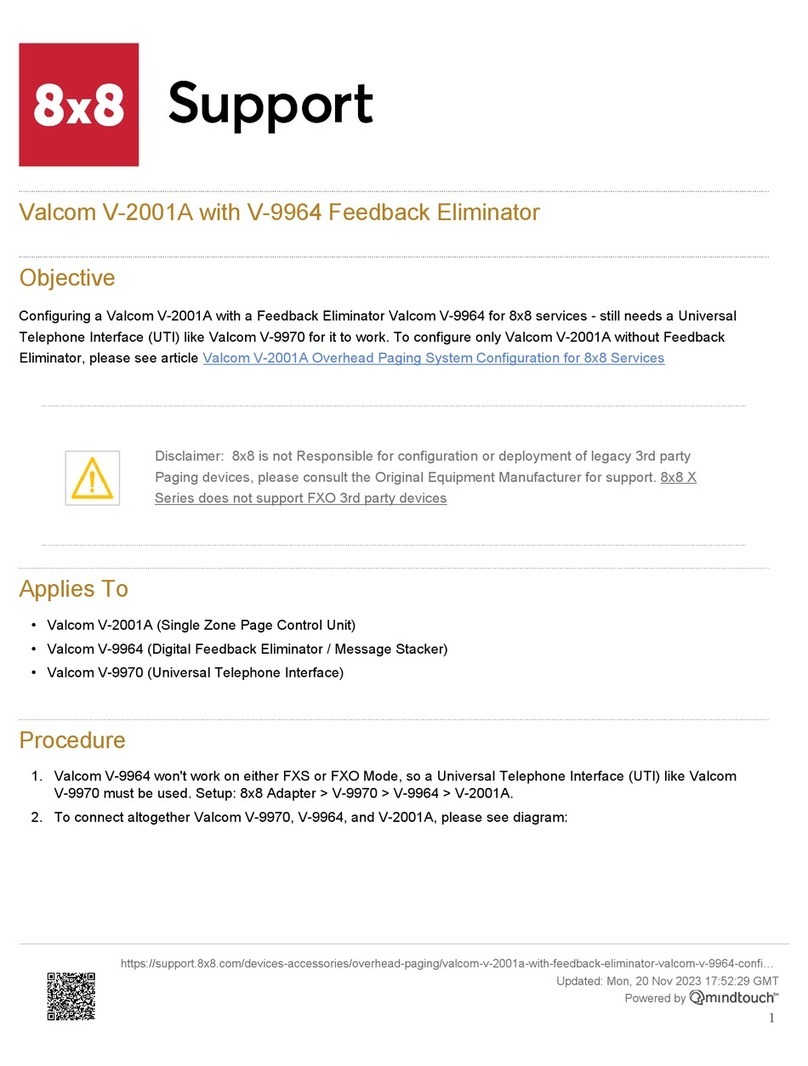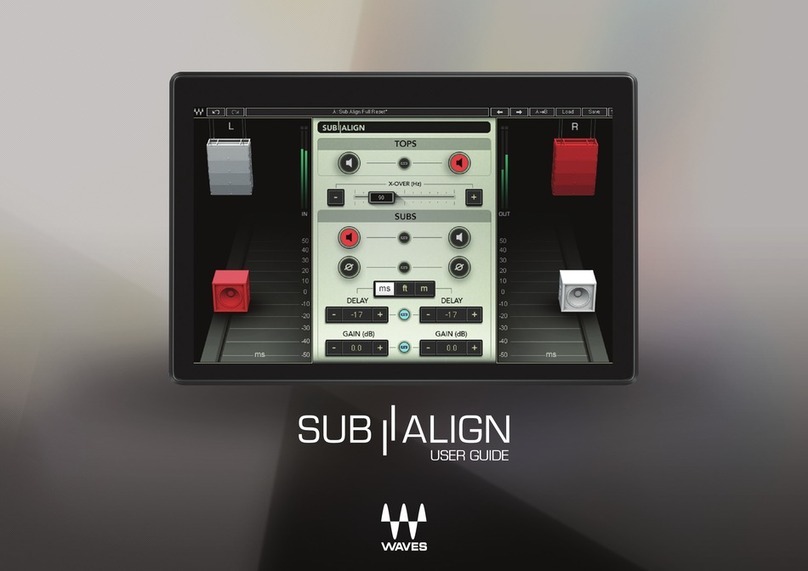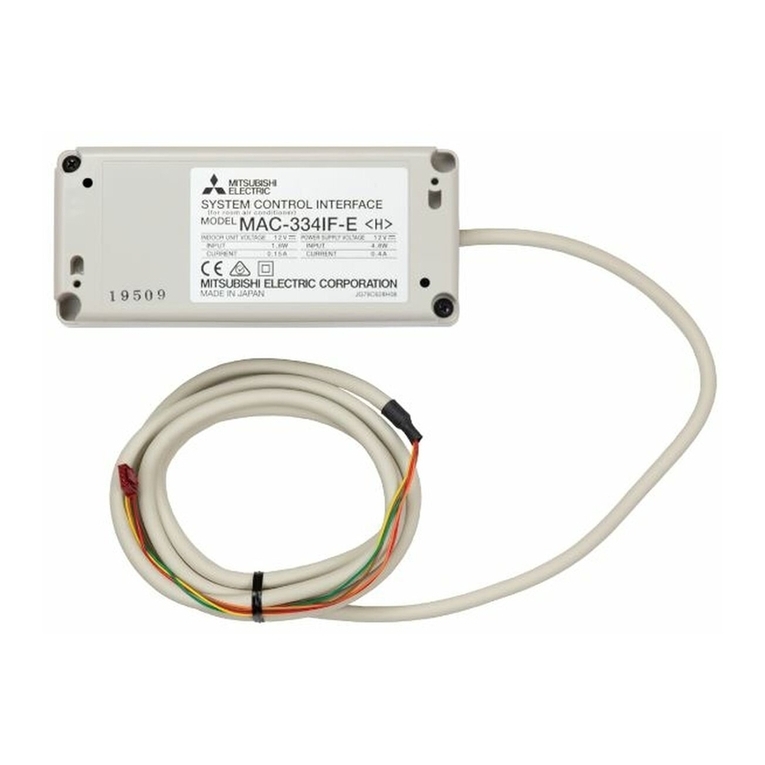
2.2 Highlighted Products
The TIDM-1011 reference design hardware consists of a C2000 LaunchPad plus a BOOSTXL-POSMGR
BoosterPack. This section covers the key devices used. For more information on each of these devices, see
their respective product folders at TI.com.
2.2.1 C2000 Real-Time MCU LaunchPad
Multiple LaunchPad kits support the TIDM-1011 reference design (refer to Table 2-1). Each of the C2000
Real-Time Microcontrollers listed in Table 2-1 feature the Configurable Logic Block (CLB). The encoder interface
makes extensive use of the CLB. The CLB peripheral is exclusive to C2000 devices and allows users to
incorporate custom logic without the need for an external FPGA or CLPD. The CLB is composed of submodules
that combine together to enable custom digital logic. Submodules include: Finite State Machines (FSM), Lookup
Tables (LUT), and counters. The CLB also interfaces with existing on-chip control peripherals to enhance
functionality and provide design options.
To learn more about the CLB, visit the C2000 Academy Configurable Logic Block module.
Devices with the CLB include:
•TMS320F28379D MCU:
Provides 800 MIPS of total system performance between dual, 200-MHz, C28x CPUs and dual, 200-MHz,
real-time-control coprocessors (CLA). This powerful MCU contains 1MB of on-board flash and includes
highly-differentiated peripherals, such as 16-bit or 12-bit analog-to-digital converters (ADCs), comparators,
12-bit digital-to-analog converters (DACs), delta-sigma sync filters, HRPWMs, eCAPs, eQEPs, CANs, and
more. Find the full device features and specifications at the TMS320F28379D device product folder.
•TMS320F280039C MCU:
Provides 240 MIPS between a 120 MHz C28x CPU and 120 MHz CLA. This MCU contains up to 384 kB of
on-chip flash and includes 3 12-bit ADCs, enhanced Configurable Logic Blocks (CLB), and more. Find the full
device features and specifications at the TMS320F280039C device product folder.
•Table 2-1 lists other supported devices, their product folders, and their LaunchPad Development Kits.
Table 2-1. Supported Devices and LaunchPads
LaunchPad Development Kit MCU Device Product Folder (2)
LAUNCHXL-F28379D TMS320F28379D
LAUNCHXL-F280049C TMS320F280049C
LAUNCHXL-F280025C TMS320F280025C
LAUNCHXL-F280039C TMS320F280039C
Not Available (1) TMS320F28388D
(1) The TMS320F28388D device family does not have a LaunchPad development kit. You must supply the connections to an
RS-485 physical interface through another means. Options include (1) your own hardware, (2) a controlCard with wires to the
BOOSTXL_POSMGR, or (3) the TMXIDDK379D.
(2) The TIDM-1011 reference design requires a C2000 LaunchPad with an MCU featuring the Configurable Logic Block (CLB) type 1 or
later. Devices supported at the time of this release are shown. Additional devices may be available.
2.2.2 SN65HVD78
The SN65HVD78 device combines a differential driver and a differential receiver, which operate from a single,
3.3-V power supply. The differential outputs of the driver and the differential inputs of the receiver are internally
connected to form a bus port suitable for half-duplex (two-wire bus) communication. These devices feature a
wide, common-mode voltage range, which makes the devices suitable for multipoint applications over long cable
runs.
Find the full device features and specifications at the SN65HVD78 product folder.
2.2.3 TLV702
The TLV702 series of low-dropout (LDO) linear regulators are low-quiescent current devices with excellent line
and load-transient performance. All device versions have thermal shutdown and current limit for safety. The
devices regulate to specified accuracy with no output load.
System Overview www.ti.com
4Tamagawa T-Format Absolute-Encoder Master Interface Reference Design for
C2000™ MCUs
TIDUE74D – SEPTEMBER 2020 – REVISED OCTOBER 2022
Submit Document Feedback
Copyright © 2022 Texas Instruments Incorporated
